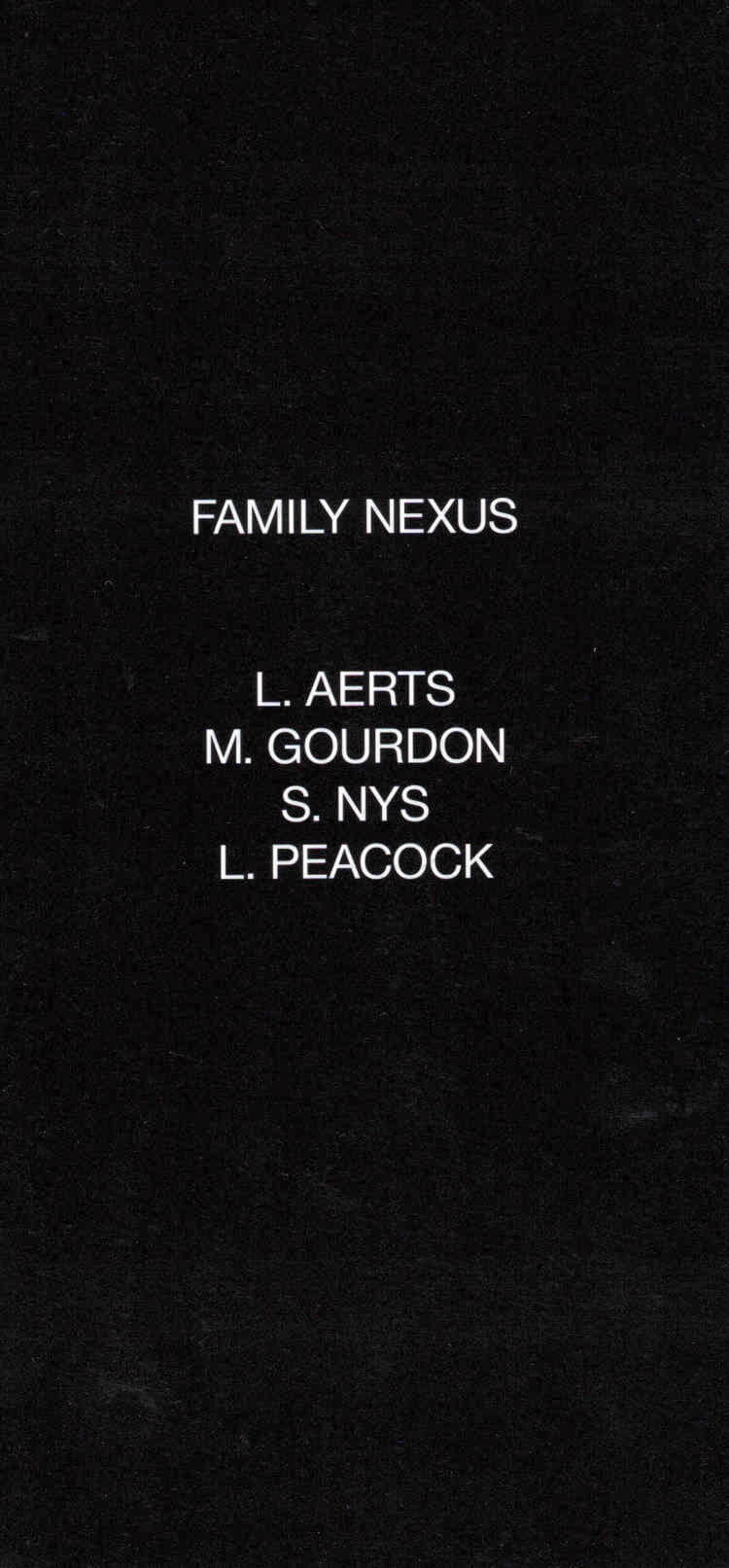
Delta — An Ocean Call
Pontus Pettersson ed., Izabella Borzecka ed.
Delta is a coming together for choreographic and performative work to be shared and exercised, a place for sharing work by doing the work. A container for participatory projects, dancing, exchange and choreographic inquiries. Delta is organised as evening dance classes, artist zines and thematic publications, like this one: On water histories, narratives and practices.
Water both divides and merges, varies and manifests in different kinds of shapes and structures, acquiring different relations with its surroundings. As a transformative material, could one say that water has a different kind of logic, another kind of dance? In this publication, the contributors Bronwyn Bailey-Charteris, Paul Maheke, Axel Andersson, Sindri Runudde, Vibeke Hermanrud, Elly Vadseth, Daniela Bershan, Sabrina Seifried, D.N.A. (Dina El Kaisy Friemuth, Neda Sanai and Anita Beikpour), Every Ocean Hughes, Adham Hafez, Pontus Pettersson, and Alice MacKenzie share their multi-layered practices, writings, memories and scores on water. Inviting you to submerge!
With contributions by: Bronwyn Bailey-Charteris, Paul Maheke, Axel Andersson, Sindri Runudde, Vibeke Hermanrud, Elly Vadseth, Daniela Bershan, Sabrina Seifried, D.N.A. (Dina El Kaisy Friemuth, Neda Sanai and Anita Beikpour), Every Ocean Hughes, Adham Hafez, Pontus Pettersson and Alice MacKenzie.
Bronwyn Bailey-Charteris: First Move, Original Rains: a Score for Sensing the Precipitational
Pontus Pettersson: Dripping from my fingertips
Adham Hafez: To dance about nature?
Daniela Bershan in collaboration with Sabrina Seifried: Mapping OCEAN
Sindri Runudde: Chosen by the barnacles
Vibeke Hermanrud in conversation with Elly Vadseth: Submerged
Axel Andersson: Confessions of a swimmer
D.N.A: Hydrocapsules.love
Paul Mahek:e As the Waters Recall
Alice MacKenzie: I know that smell
Every Ocean Hughes: Ocean
Pontus Pettersson: 100 ways of water
Graphic design by Sara Kaaman







